Drop Servicing: What Is Drop Servicing and How Can You Start a Profitable Drop Servicing Business? Find Out Everything You Need To Know In This Comprehensive Guide!
What Is Drop Servicing and How Can You Start a Profitable Drop Servicing Business? Find Out Everything You Need To Know In This Comprehensive Guide.
If you’re new to the drop servicing business, it may be hard to get your head around what exactly drop servicing is and how you can make money out of it. In this comprehensive guide, we’ll explore exactly what drop servicing means as well as giving you plenty of information on how to start a profitable drop servicing business.From picking the right niche to sourcing products and scaling your business – you’ll find everything you need here! Let’s get started...
What is Drop Shipping?
Drop servicing is a business model where you sell services that you don’t fulfil yourself, rather you outsource the work to a freelancer or an agency that completes a project while you’re only in charge of selling the service to a client.
That means it’s a form of outsourcing or “service arbitrage,” which is just a fancy term for reselling. You play the role of a middleman that markets and sells the service to clients, and the service provider completes the project behind the scenes.
Start Your Own Drop Shipping Business From Scratch
Shopify is an e-commerce platform that helps you sell your products and services to your customers. It is mainly used for selling physical and digital products, but can also be used for selling services. Shopify makes it easy to manage your customer's orders, shipping, refunds and almost everything. They have been in this business for a long time and are the market leaders. So, if you want to start your delivery service business with Shopify, create an account on Shopify. It's free for the first 14 days and then it's only $29/month.
Step by step guide to Drop Servicing with Shopify
I've broken this handy little guide down into 8 simple steps so you can follow along and easily do it yourself.
- Sign up and buy a Shopify package
- Set up the basic elements
- Set up the payments part
- Add a service
- Find a freelancer for outsourcing
- Get information about the customer's order
- Transfer this information
- Set up legal information
- Sign up and buy a Shopify package
- Set up the basic elements
- Set up the payments part
- Add a service
- Find a freelancer for outsourcing
- Get information about the customer's order
- Transfer this information
- Set up legal information
1. Sign up and buy a Shopify package
The first and foremost thing you need to do is sign up for Shopify. They offer a 14-day free trial, but it's limited and you have to choose a package to get started. Shopify packages start at just $29/month. You really get what you pay for.
They also have 2 other plans at $79/month and $299/month, which is a complete waste of money in my opinion.
2. Setting up the basics
Once you sign up, they will ask you for your store name, URL and other little things that you can manage.
The next thing to do is to install a simple theme. There are tons of great themes in the Shopify store. But, if you're too lazy, stick with the default theme.
Once everything is set up, you will arrive at a page that looks like the one pictured below
From there, click on Settings at the very bottom left of the screen, then click on Payment Page.
Under Customer Contact -> To Pay, select the second option that says "Customers can only make payments using their email address".
3. Setting up payments
The next thing to do is to set up payments. There are many ways to accept payments. The most common are Stripe and PayPal.
Setting up payments is very simple. Just go to Settings and then to Payment Methods. Click on "Complete account setup".
There will be a series of steps to complete. Do them one by one and you will have your payment page ready.
If you don't want to use PayPal for reasons I can understand, click on Choose a third party provider. A new window will appear and you will be able to configure Stripe.
4. Find a freelancer for outsourcing
Since you're doing drop service here, you'll need to find a freelancer to act as a middleman.
I recommend 4 different platforms to find cheap freelancers. They are:
Upwork
Coder
Fiverr
5euros
The freelancers present on these platforms offer different services in many categories. So you can find almost anything here.
Select a service that has low competition and high search volume on Google. You can check these parameters using Google Keyword Planner. Anyway, here are some good services you can offer:
Social Network Manager
Storyboard
Logo animation
Animated GIFs
Lead generation
Voice over
Resume writing
Trailers
And much more...
After selecting a service you want to market, find a reliable freelancer on one of the platforms mentioned above. Look for good ratings and reviews. Once you find one, you can send them a message saying that you want to use their service for your clients and ask them if they accept this type of business relationship.
And when you get the green light, you are ready to get started.
5. Add a service to the store
Your Shopify store is almost complete, all that's left is to add the service you want to offer.
To add a service, go to the left menu and click on Products -> Add a product. You will be redirected to a page like this.
Fill in the details of the service. You can copy and paste the same information provided by the freelancer you are using.
The pricing of your service is an important part. It should not be too high or too low. Price the service at a much higher level than you are outsourcing it for and also check other competitors to determine a final price.
Another thing to change here is an option under the shipping tab, uncheck the option that says "This is a physical product" and that's it.
6. Getting order information from the customers
A small problem you may face when using Shopify for fair hard Drop Servicing is getting information, needs from your customer. If you work or have worked in the IT services industry, you know this type of situation. But this problem is very easy to solve.
Once your customer buys your service, an email is automatically sent to him regarding his order. So all you have to do is to modify this email by providing a google form where they can easily fill in the order details.
Don't forget to include this step in the description of your service. Make it clear that you will email them to get the details of their requirements and provide them with your personal email to reassure them.
To change the order confirmation email, go to Settings -> Notifications -> Order Confirmation.
It is essential to adapt the template of the confirmation email to our context.
You can change the first few sentences to something like this:
{% capture email_title %}Thanks for your purchase! {% endcapture %}
{% capture email_body %}
Hello {{ customer.firstname }}, we have received your order. Please fill out this form - INSERT THE LINK TO THE GOOGLE FORM - so that we can begin processing your order.
{% endcapture %}
I propose here the use of a google form but you can very well imagine another way to proceed.
7. Transfer this information
Once you have the details of your client's order, play your role as an intermediary, sending the details to your freelancer.
If your freelancer has additional questions, again play the role of intermediary, transferring the questions to your client.
Your client's information will be stored in Shopify where you can access their email address. When the freelancer completes the tasks assigned to him, you just have to do a quality check of the result, then send the order to your client using his email address.
8. Setting up legal information


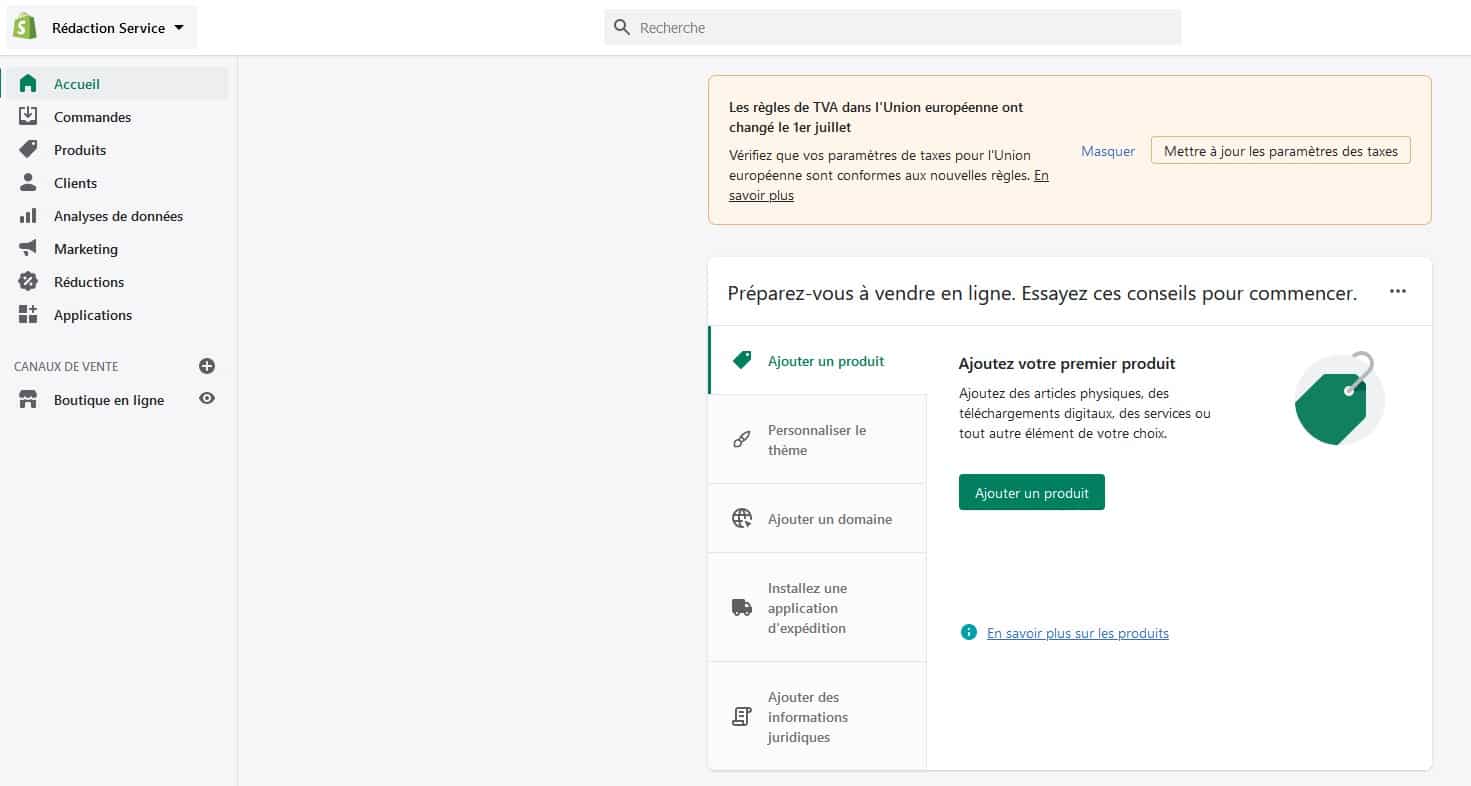
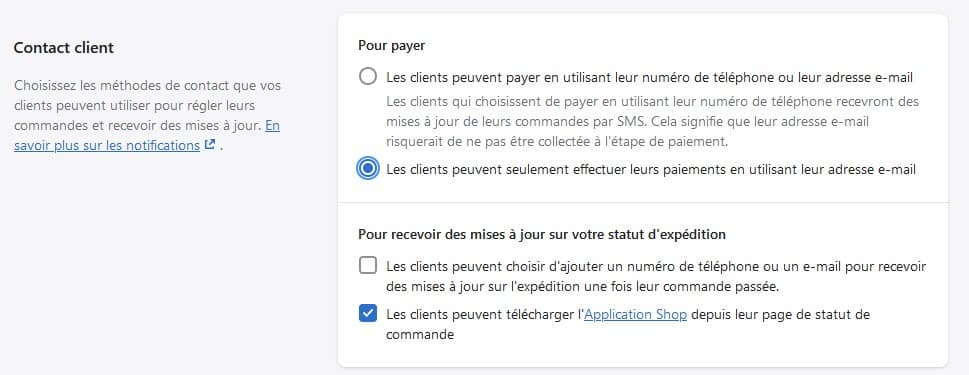
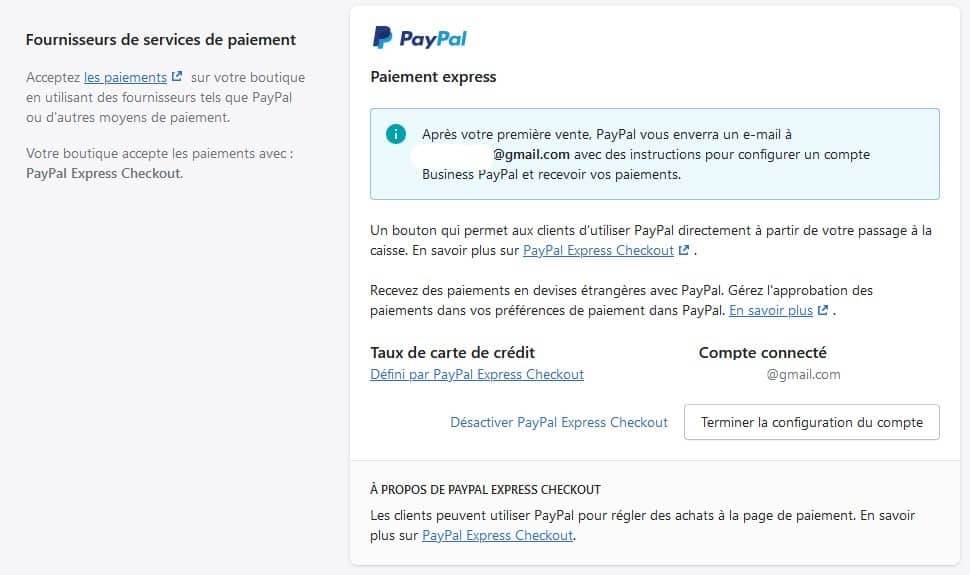
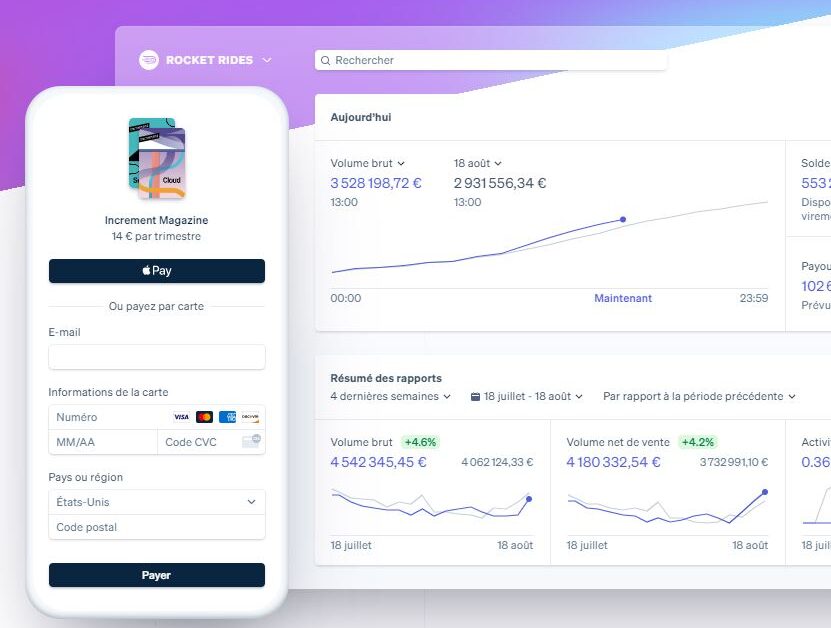
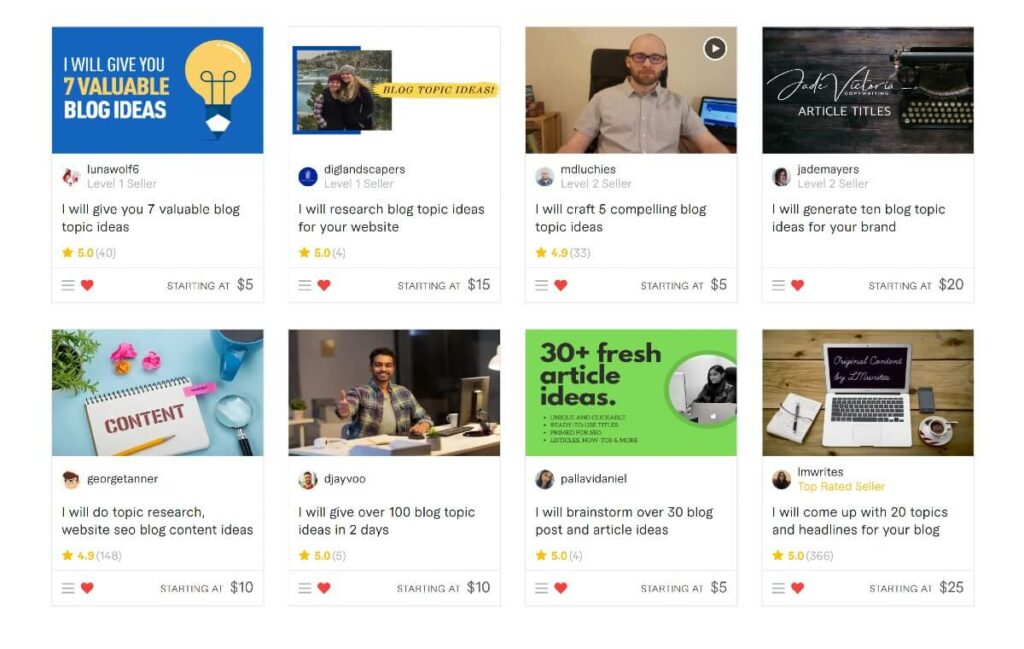


Comments
Post a Comment
Thank you for reaching out.
we will answer as soon as possible.